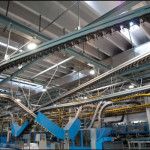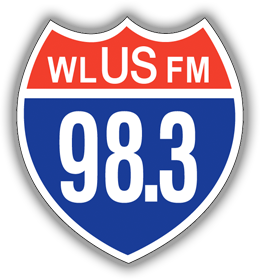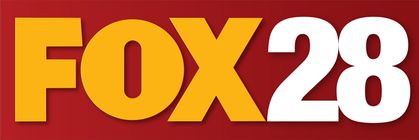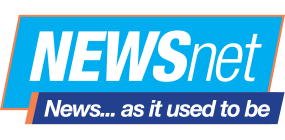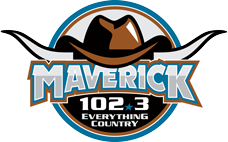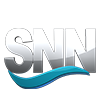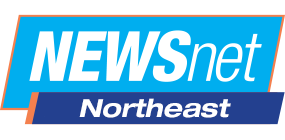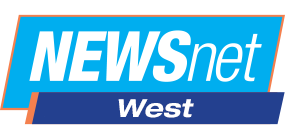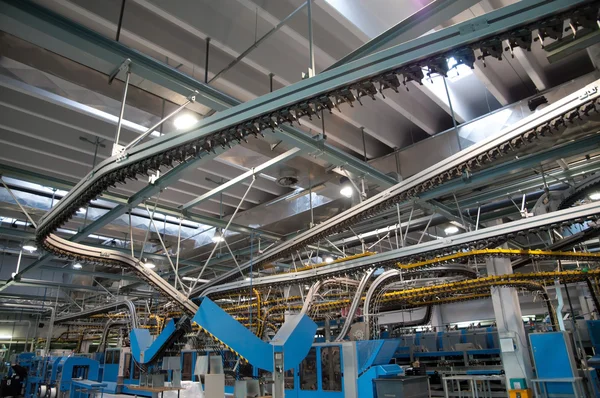
Overhead conveyors make an effective space-saving option for warehouses in handling products or items. Convenient as it may be, however, extra safety precautions are necessary. It is inevitable for people or machinery to pass under overhead conveyors so proper clearance should be set, among safety concerns.
Here are some tips for safely setting overhead conveyor clearances:
People Traffic Under Conveyors
A minimum of 7 feet of clearance is necessary. The measurement should start from the lowest hanging part of the conveyor system. It is advisable to allow more than 7 feet as a buffer. In case of any clearance that is less than 10 feet, underside bed covers should be installed to protect people from the moving parts of the conveyor.
Forklift Clearance
There should be at least 9 feet of clearance for forklifts where measurement is taken from the lowest hanging part of the overhead conveyor system. It is based on the average-sized forklift and the idea that the forklift will be passing through with lowered masts. You should know the height of all your forklifts and any other moving machinery that may travel underneath the overhead conveyor to make sure there is enough clearance.
Safety Guardrails and Posts
Placing safety guardrails and posts can help lower the risk of forklift conveyor accidents. Once a forklift crashes into a conveyor, it can hurt productivity. These safety features can save your business a lot of time and money.
Conveyor Safety Nets
Safety nets can be a valuable precaution that prevents falling items from causing injury. Products and parts can fall off of overhead conveyors and can hit people passing underneath them. Safety nets can be installed to catch anything that may fall to avoid unfortunate accidents.
Restrict Passage
One sure way to avoid accidents is to restrict passage whenever overhead conveyors are at work. It is possible in some warehouses, and if it can be done, it will help increase warehouse safety. You may use chains, temporary guardrails, or other forms of barriers to restrict passage at certain times.
Signage
Putting up warning signs to alert workers of low-hanging equipment can increase safety under and around overhead conveyor systems. You can also use signages to announce temporary restrictions whenever necessary.
Overhead Clearance Sensors
Sensors can be used to trigger alarms or flashing lights to alert forklift drivers to clearance hazards. In case a forklift is traveling with a load that is too high to clear a ceiling, shelf, or overhead conveyor system, some sort of alarm will go off and lights will flash to warn the driver to stop and avoid a collision.
Safety of Overhead Material Handling Conveyors
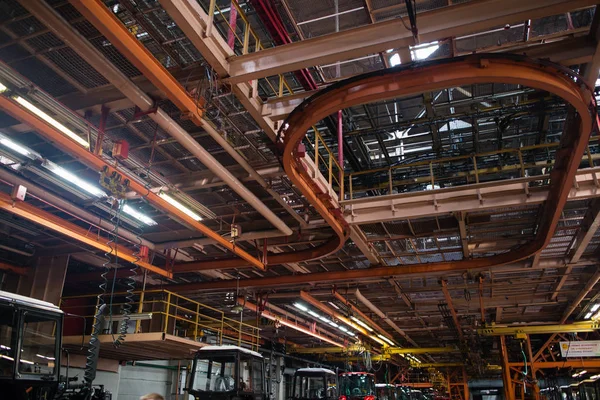
Overhead conveyor systems are always safe to use as long as proper clearance is installed. Always keep your employees' safety a priority. It is recommended you get professional consultation when it comes to having an overhead conveyor system installed.
Carolina Material Handling provides conveyor systems for more efficient material handling and can assure you that proper clearance and other safety precautions are observed. Visit their website at cmh-inc.com for more information or you may call (336) 294-2346 to speak to an expert.

